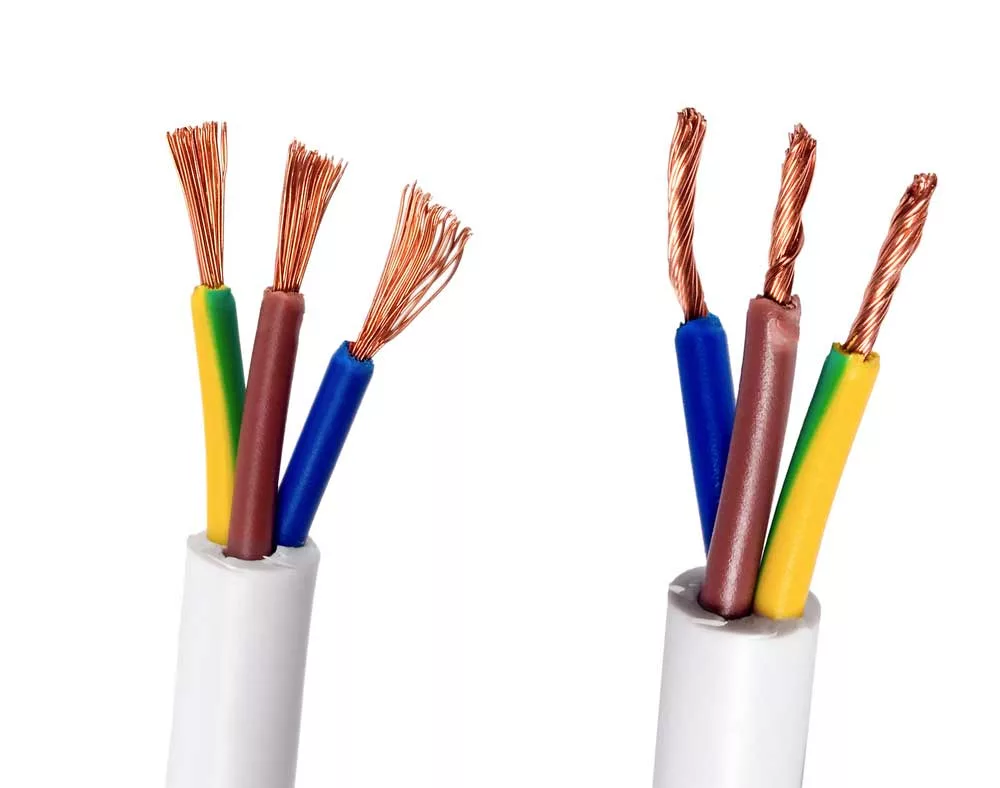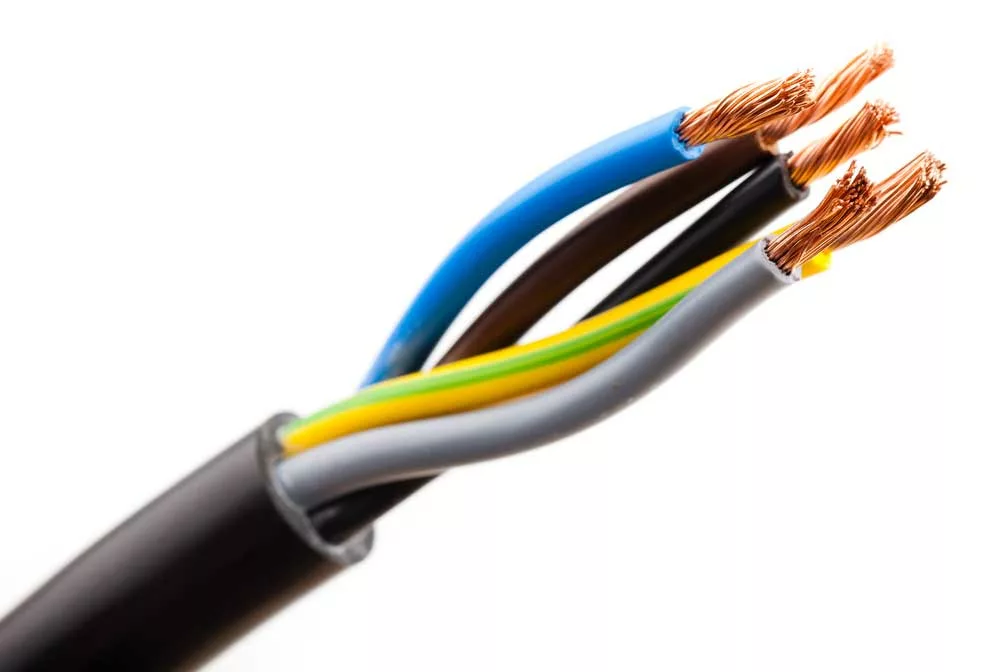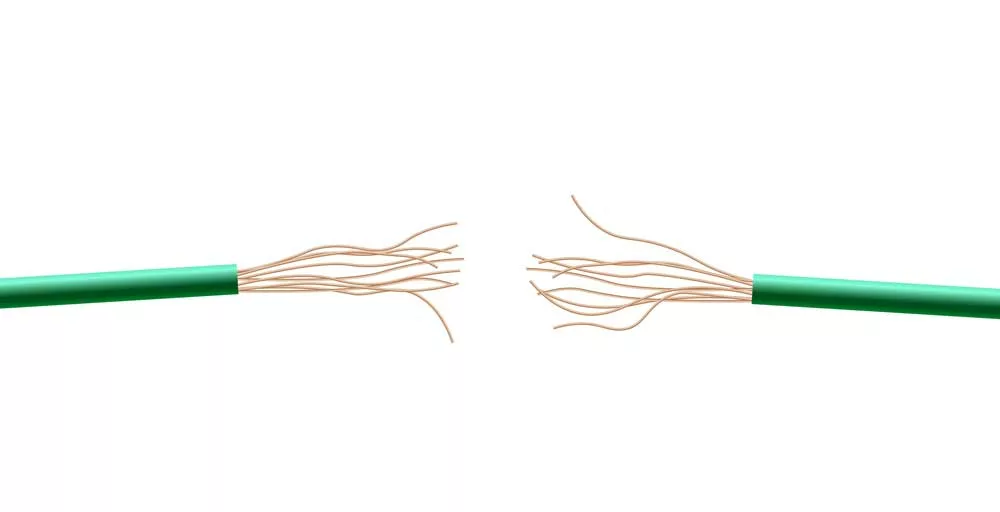About Electrical Wire Color Code, Wiring is critical to any home’s electrical system. But, in truth, there’s a good chance your electrical wires follow specific color standards if you’ve updated the wiring recently or contractors built the house after 1960.
While we don’t recommend playing around with electrical wires, knowing the fundamentals of the electrical wire color code is a step in the right direction.
Further, wires come in various colors, ranging from black and white to colorful options like yellow, green, and blue (and even bare copper). So, understanding what each hue represents can come in handy, even if you’re not a DIY-er.
This article will explore the different wire color codes and what they mean. So strap in, and let’s get started.
Table of Contents
Why do Wires have Color Codes?

An electrical system with different color codes
Interestingly, every part of the world has slightly different color codes, depending on the acceptable standards. Some areas even have different colors for AC and DC wires. But what is the idea behind this colorful scheme?
Cables often have color codes to indicate their usage. For instance, white sheathing shows you have 14-gauge wires, while yellow points toward 12-gauge variants. Also, red, black, and blue wires indicate a three-phase.
In addition, The National Electrical Code (NEC) dictates that ground wires must be green or bare copper, and white neutral conductors must be white or gray. Then, other colors indicate more standardized or industry-accepted rules.
The Different Wire Colors and Their Meanings

Cable with four wire color codes
Let’s look at all the possible wire colors and what they indicate.
Black Wires

Cable with black wires
Black is often used to indicate hot wires. Interestingly, the color code is a standard for cables that move currents through all circuits, from switches to outlets. And manufacturers may use them to connect an electrical load to a controller, allowing them to switch legs in circuits.
Moreover, black wires are always live and are common in standard home wiring. Usually, graphic representations refer to black wires as “hot,” meaning they move electricity from your electrical panel to specified destinations.
Sometimes, companies use white wires for the same purpose, but the reverse is not the case. Black wires can’t work as neutral, ground, or for any other purpose.
Red Wires

The Red wires in an electrical system
Red wires are incredibly similar to black cables. Graphic representations also depict them as hot, and most people call them secondary live wires with 240 and 220-volt circuits. Further, these wires are useful as switch legs in specific circuits.
However, you can find this electrical wire color code in the cable connecting hardwired smoke detectors to power systems. In addition, you can find two red wires linked together in the sheathing or mixed with black cords.
Note: Black and red wires are a more common cable combination.
Blue & Yellow Wires

Cables with blue and yellow wires
Sometimes, electrical circuit manufacturers use blue and yellow wires as hot wires but not for standard outlet wiring. Usually, you can find them as live wires channeled through a conduit.
For example, yellow wires can work as switch legs in structural lights or ceiling fans. And outlets paired with light switches can also host yellow cables.
On the other hand, blue wires work for 3- or 4-array switches, like light switches located at the bottom and top of a staircase controlling the same light. Occasionally, you may find blue and yellow wires in NM cables.
White and Gray Wires
Gray and white wires are always neutral, but most households have white as the dominant color. These cables connect to the neutral bus bar in an electrical panel and move the current back to the system. Moreover, white and gray lines can only connect other wires with the same color.
Although people call them neutral, white and gray wires can hold some current. However, this situation mostly happens when a circuit load becomes unbalanced. As a result, they will deliver an electrical shock when handled carelessly.
Note: Gray cables can also serve as dominant household wires. And any variant wrapped in electrical tape indicates a hot wire instead.
Green Wires

Two green wires
All green color codes in circuits indicate ground wires, meaning they only have one purpose in electrical circuits. So, these wires run from the ground bus bar to a grounding terminal in an electrical panel. But, like white and gray color codes, green wires only connect to the same color.
More importantly, green wires can live in an electrical fault within a circuit. Why? Because they provide a channel for electricity to escape to the ground.
Rounding up
Cables made after the 1960s come with color codes that indicate their purposes. Understanding what each color represents can make your repair or DIY projects more manageable and accurate.
However, all wires have the potential to carry electricity, regardless of the electrical color code. Therefore, we highly recommend treating every color cautiously or leaving all the electrical work to professionals.
Do you have more questions? Feel free to reach us, and we’ll be happy to help.
